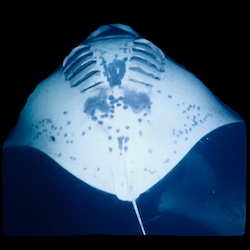“Bright Young Women” review
Jessica Knoll’s “Bright Young Women”
Jessica Knoll's "Bright Young Women" has such strong beginning and ending chapters, with stakes that are truly life-and-death, that the middle chapters are a bit of a let-down. The central thematic premise of the book is that, for perverse reasons, serial killers become celebrities …
more ...